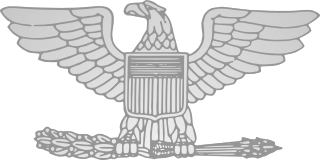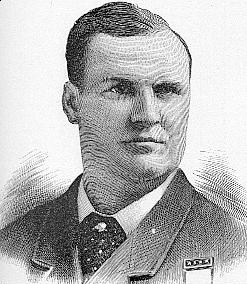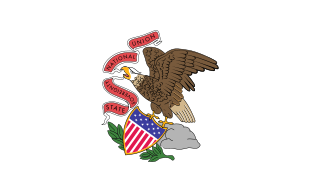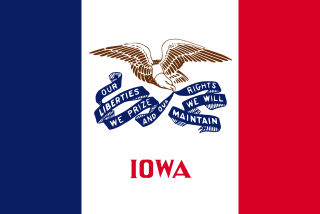| 16th Regiment Illinois Volunteer Cavalry | |
|---|---|
Illinois flag | |
| Active | December 25, 1862, to August 31, 1865 |
| Country | United States |
| Allegiance | Union |
| Branch | Cavalry |
| Engagements | Battle of Resaca Siege of Atlanta Battle of Franklin Battle of Nashville |
The 16th Regiment Illinois Volunteer Cavalry was a cavalry regiment that served in the Union Army during the American Civil War.

Cavalry or horsemen are soldiers or warriors who fight mounted on horseback. Cavalry were historically the most mobile of the combat arms. An individual soldier in the cavalry is known by a number of designations such as cavalryman, horseman, dragoon, or trooper. The designation of cavalry was not usually given to any military forces that used other animals, such as camels, mules or elephants. Infantry who moved on horseback, but dismounted to fight on foot, were known in the 17th and early 18th centuries as dragoons, a class of mounted infantry which later evolved into cavalry proper while retaining their historic title.

A regiment is a military unit. Their role and size varies markedly, depending on the country and the arm of service.

During the American Civil War, the Union Army referred to the United States Army, the land force that fought to preserve the Union of the collective states. Also known as the Federal Army, it proved essential to the preservation of the United States of America as a working, viable republic.







